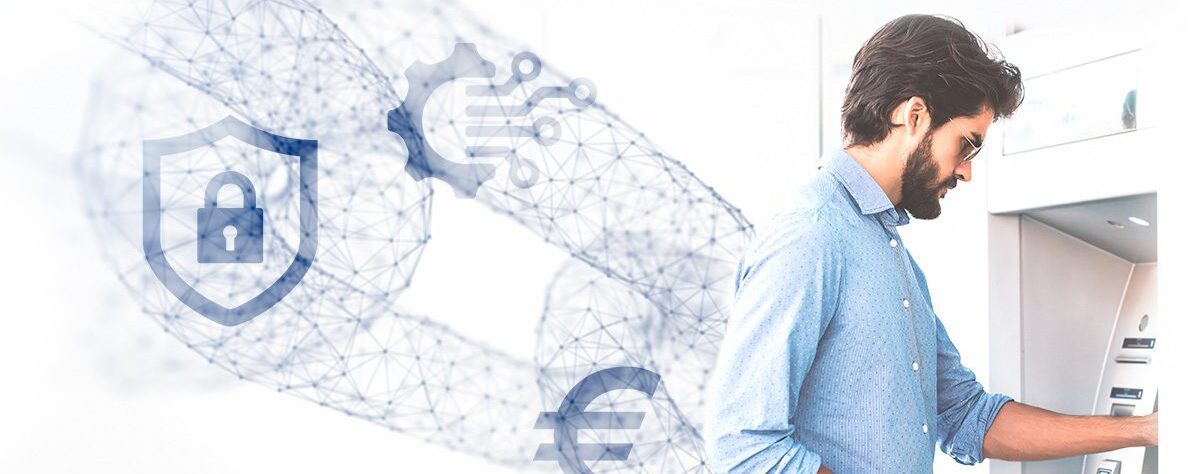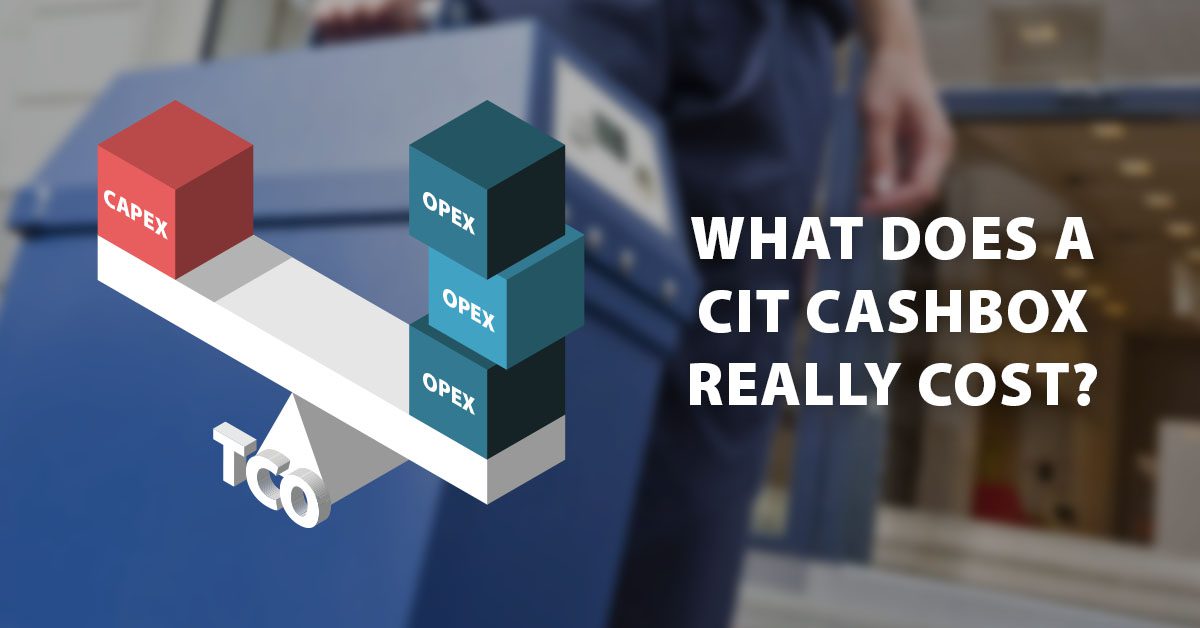How to activate a cashbox?
When selecting a cashbox for your CIT operations, it is – amongst others – important to consider how the cashbox can be activated. It is important that a cashbox works flawlessly and pleasantly for your officers. After all, in most cases no attacks take place. But once an attack occurs, immediate and irrevocable activation is paramount.
Sabotage
A good cashbox has sensors that detect unauthorized opening (breaking, grinding, ramming, immersion), whereafter the box activates. When selecting a cashbox, it is important to consider which sensors are used and how they can be configured. The trick is to configure these sensors in such a way that they do not send an activation signal in daily (clumsy) use. In addition to activation by sensors (in the event of sabotage), cashboxes can also be intentionally activated.
1. Passive, timer based
Many cashboxes have a (programmable) countdown timer that starts running as soon as the officer leaves for the customer location. If the officer has not arrived at the location within the set time or has returned to the vehicle, the cashbox is automatically activated.
2. Active, from the vehicle
Also, a wireless activation signal can be sent from the armored vehicle. This can be done, for example, via radio waves on an encrypted frequency. If an officer is robbed, he hands over the cashbox to the criminal. As soon as the criminal has left with his “loot”, the officer notifies the driver that he has been robbed and the suitcase can be activated from the vehicle.
3. Active, from a control room
Instead of equipping the vehicle with a medium-range activation module, a cashbox can also be activated from a central control room, via a secure 4G or 5G satellite. This way, the distance from the box to the activation mechanism is no longer an obstacle and the costs per vehicle are lower. Moreover, in this case, Track & Trace functionality can easily be added to the cashbox.
4. Via an active grip release
Some cashboxes are equipped with an active grip. As soon as the officer releases the grip of the cashbox (in active state), the box will be activated. The question is whether this does not incite violence on the officer. At Mactwin we always focus on removing the threat to the officer. In the event of a robbery, he must try to prevent all violence by handing over the cashbox immediately. With this type of grip release, there is a risk that the officer will be kidnapped wíth the cashbox.
Cash degradation during cassette swap operation
Where (instead of seal bags) complete cassettes are transported with a cassette swap operation, it is important that the cashbox is the trigger for the cash degradation in the cassette. Activation then takes place by means of one of the above mentioned methods, but instead of triggering the degradation in the cashbox, the signal triggers the degradation in the cash cassette.
Choosing a cash degradation method and solution
If you want to deploy a form of cash degradation, choosing a method is the first step. Subsequently, you will have to choose between available systems from different suppliers – which is not easy. When choosing your perfect solution, you should at least consider these 5 critical success factors (in random order).
- Banknote degradation: distinctive and irreversible
- Flexibility in operation
- Health & Safety
- Certification and local legislation
- Price & TCO
Mactwin wrote a whitepaper, extensively covering these 5 considerations. CIT companies can request this whitepaper, free of charge.




